Why These 10 GIFs Became the Internet's Universal Language?
Few things on the internet spark joy faster than a well-timed GIF. A tiny looped animation, just a few seconds long, can shout "same," "lol," or "what even is this?" louder than a thousand words.
GIFs aren't just visuals anymore. They're emotional Morse code. They're the cheeky, fast-paced dialect of digital culture that transcends language, borders, and sometimes, common sense.
We don't just like GIFs; we rely on them. They power everything from social media spats to brand marketing to that awkward family group chat where nobody types full sentences anymore.
As one savvy marketer put it, GIFs are like "hieroglyphics for the meme generation," turning pop culture into portable expressions. This isn't some fleeting internet fad. It's a shift in visual communication, and it's here to stay.
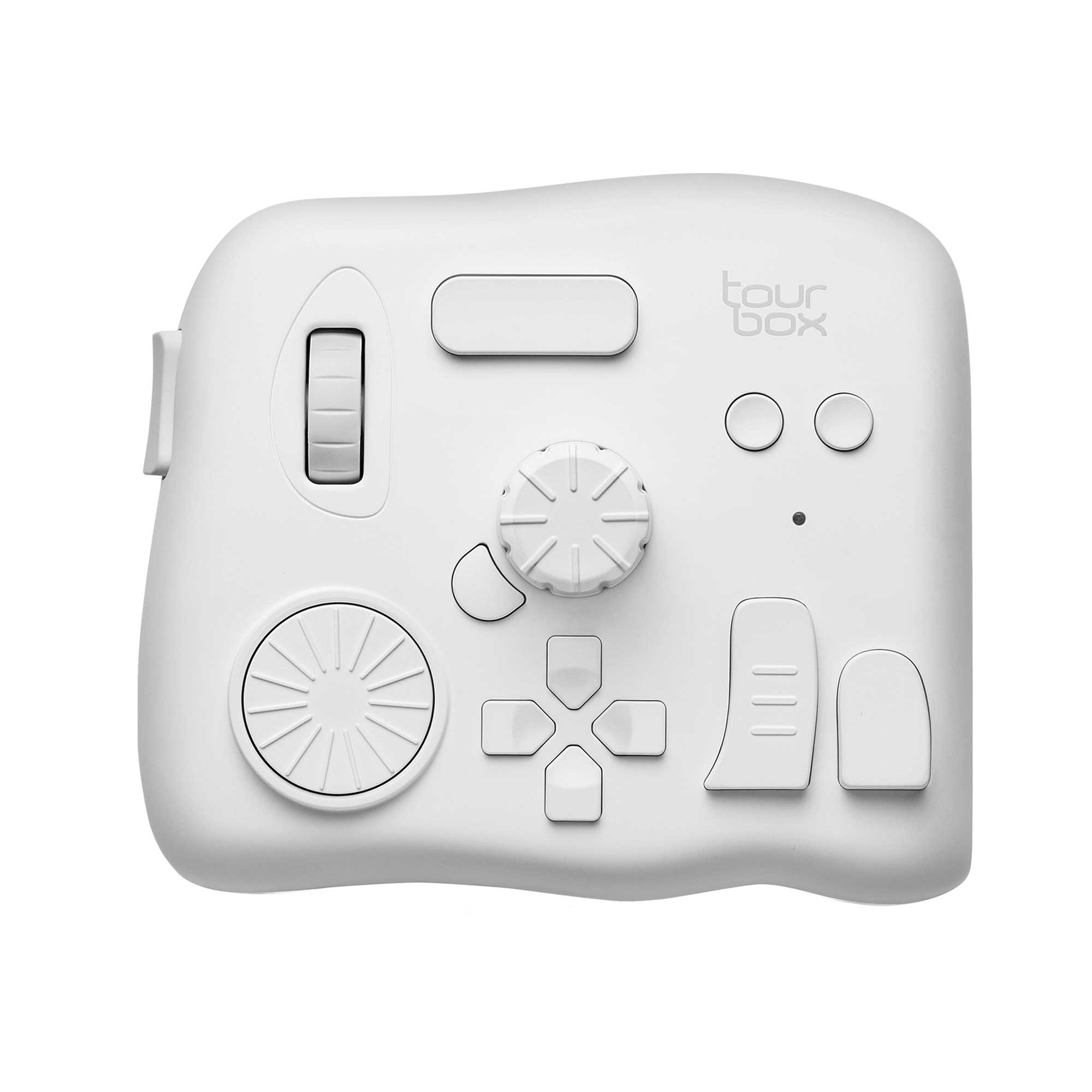
In this article, you will learn:
- Why GIFs Resonate Like No Other Format?
- The Ten Viral GIFs That Shaped the Online Universe
- What Makes These GIFs So Addictive?
- How to Make GIFs That Might Just Go Viral?
Why GIFs Resonate Like No Other Format?
Science says we're visual creatures. And that's why GIFs are our go-to reaction units.
They're fast, they're funny, they're expressive GIFs wrapped in digital storytelling. Whether it's a moment of joy, sarcasm, rage, or secondhand embarrassment, someone out there has made a GIF that's already said it — beautifully, wordlessly.
Add to that their sheer shareability. One loop can communicate a mood across platforms. They tap into shared context, humor, and memory. They're the pixel-powered glue of internet communication.
The Ten Viral GIFs That Shaped the Online Universe
Let's break down the GIF legends. The visuals that became reaction royalty and cemented their spot in every GIF library.
1. Michael Jackson Eating Popcorn
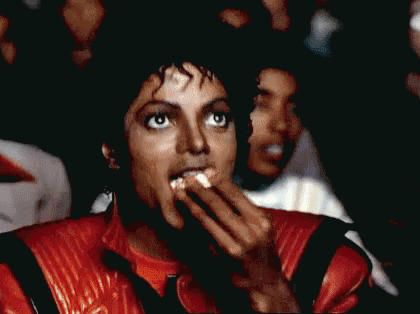
Straight from the 1982 "Thriller" video, this moment of MJ munching popcorn with wide eyes has become the GIF for passive-aggressive observation. Is the internet melting down? Someone arguing in the comments? Just drop this GIF and enjoy the digital drama buffet.
2. Everything Is On Fire (Community)
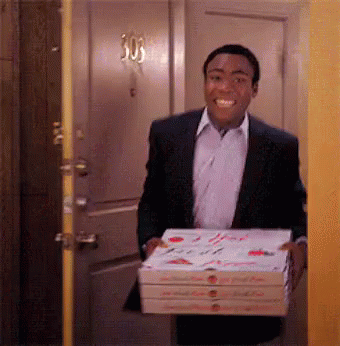
This flaming chaos scene from a 2012 episode of Community nails the "I left for 5 minutes and now everything's on fire" feeling. It's a visual metaphor for the workplace, group chats, and well... Mondays.
3. Simon Cowell's Rare Joy (Susan Boyle)

Normally, Mr. Cowell is the king of scowls, so when we see him throwing his hands up in joy and smiling ear-to-ear, it's memorable. This GIF comes from Britain's Got Talent (2009) when Susan Boyle amazed everyone.
On the internet, Simon's surprised grin is used whenever something unexpectedly awesome happens. It's the perfect GIF to signal genuine delight.
4. Tyra Banks' Legendary Rant
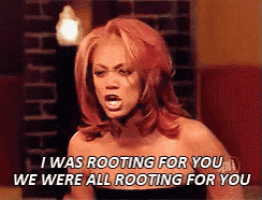
In the first season of America's Next Top Model, Tyra Banks erupted on a contestant who sputtered under pressure, exclaiming, "I was rooting for you! We were all rooting for you!"
It is now internet code for total disappointment — dripping with drama and meme history. Tyra's shout, eternalized in a GIF, is a whole mood.
5. Supa Hot Fire Crowd Meltdown

This GIF comes from a 2011 YouTube parody rap battle where comedic rapper Supa Hot Fire "drops the mic" on a rival. This one's a layered meme: a parody rap battle with absurd overreactions. The crowd's exaggerated awe makes it a go-to for anything that's even mildly savage. Bonus points for its GIF history as a viral video turned animation gold.
6. Speechless Nathan Fillion
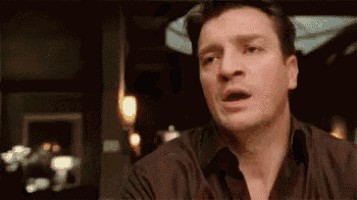
From a 2009 episode of Castle, this perfect expression of stunned silence is the ultimate reaction to outrageous texts, news, or plot twists. Posting this is the digital equivalent of blinking three times and muttering, "I got nothing."
7. Citizen Kane's Slow Clap
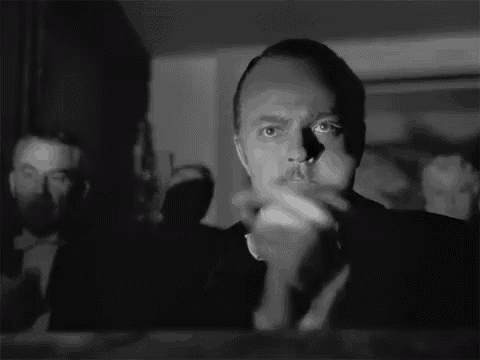
Whether you're giving ironic applause or genuine props, Orson Welles clapping slowly is a masterclass in reaction GIF nuance.
Fun fact: it's from a 1941 film (Citizen Kane), proving that even vintage visuals can thrive in digital culture.
8. Kermit Arm Flail
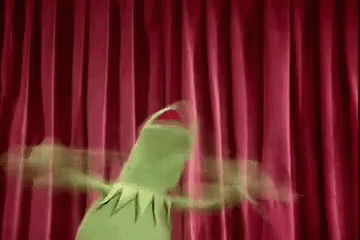
Kermit was never the chillest frog; on The Muppet Show he'd often start flapping his arms in wild excitement. Need to convey sheer panic or uncontainable joy? Kermit flapping around like a Muppet on espresso is the perfect answer.
It's chaos, it's celebration — it's everything at once.
9. Dawson's Creek Cry Face
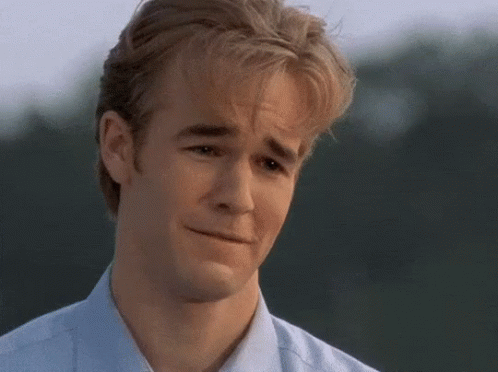
Teen drama fans remember Dawson's Creek's finale (2000) where Dawson, played by James Van Der Beek, bursts into tears realizing he'll never have the girl. His melodramatic sobbing is comedy gold.
Whenever you're feeling extra or pretending to be sad about something very minor (like your phone dying at 3%), this GIF gets it.
10. Blinking White Guy (Drew Scanlon)
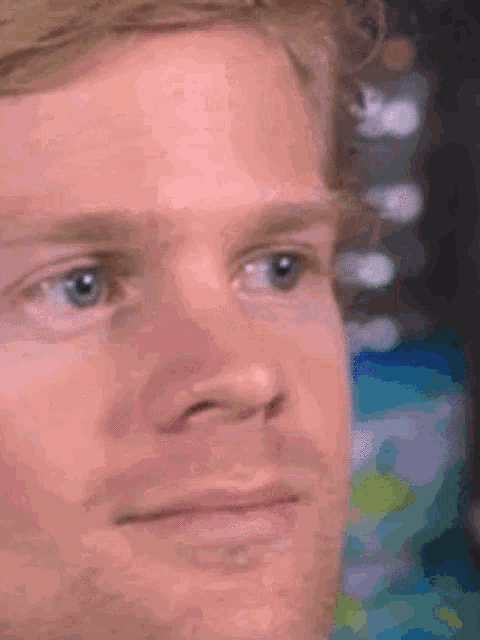
In 2013, gamer Drew Scanlon gave a reaction of surprised blinking. By 2017, that exact blink became the "blinking white guy" GIF.
Pure confusion, rendered in the blink of an eye (pun intended). Drew's meme-worthy reaction became shorthand for "Excuse me, what?" and is probably in everyone's top 5 reaction GIFs of all time.
What Makes These GIFs So Addictive?
Aside from being funny GIFs or deeply expressive, they work because they tap into what we already know. They're rooted in pop culture, viral videos, and memes we've collectively absorbed through years of scrolling. And that recognition makes them instant connectors.
You post Tyra's rant, and anyone who watched ANTM knows. You drop MJ munching popcorn, and everyone understands you're in the mood to spectate, not participate.
Psychologically, we respond faster to movement and faces, which makes animations a shortcut to engagement. In marketing terms? That's gold. Brands know that using GIFs in social posts often drives higher interaction. Why write a whole tweet when a well-placed Kermit does the job? It's meme-powered marketing in motion.
Plus, using GIFs boosts online humor and digital expression without effort. They're the emoji's louder, more theatrical cousin. And unlike emojis, you can customize GIFs with your own visuals, thanks to editing tools or a good GIF maker.
How to Make GIFs That Might Just Go Viral?
Let's say you want to join the hall of fame (or at least get a few LOLs from your group chat). Here's how to get in on the GIF creation game:
- Start with a short clip. Think 3 to 6 seconds of high-impact visual. That moment someone drops a birthday cake? Prime GIF material.
- Use a GIF maker or basic video editing software for free to trim, loop, and compress.
- Focus on expression: a funny face, a bold gesture, or an unexpected moment plays better than a flat scene.
- Keep the file size small for fast sharing. Resolution matters, but no one wants to wait for your 30MB masterpiece to load.
- Add text, captions, or filters if it fits the mood. Just don't overdo it.
Want to boost your chances of becoming the next trending GIF?
- Time it right. Trending GIFs ride waves of current events, viral moments, or major pop culture drops. React fast.
- Keep it relatable. Everyone has a "That Monday feeling." Show it. Capture it.
- Use expressive visuals. Think body language, facial expressions; GIFs are visual expressions before anything.
- Distribute widely. Share on social media, send to group chats, forums, wherever image sharing happens.
GIF creation is half humor, half timing, and 100% creativity. Whether you're capturing a friend's dance fail or turning your pet's suspicious side-eye into a classic, it's all about sharing those small, hilarious moments.
Remember, you don't need a film degree to make magic. With the right GIF apps or tools and some creative instincts, you can capture something delightful. After all, what better way to contribute to digital culture than by becoming a pop culture moment yourself?

GIFs cut through the noise. They're not just animations; they're cultural artifacts, linguistic shortcuts, and oddly satisfying loops of emotion. They make our online communication faster, funnier, and infinitely more visual.

So go ahead: find your moment, make it loop, and let your creation ride the wave of online engagement. The next viral GIF might just be yours.